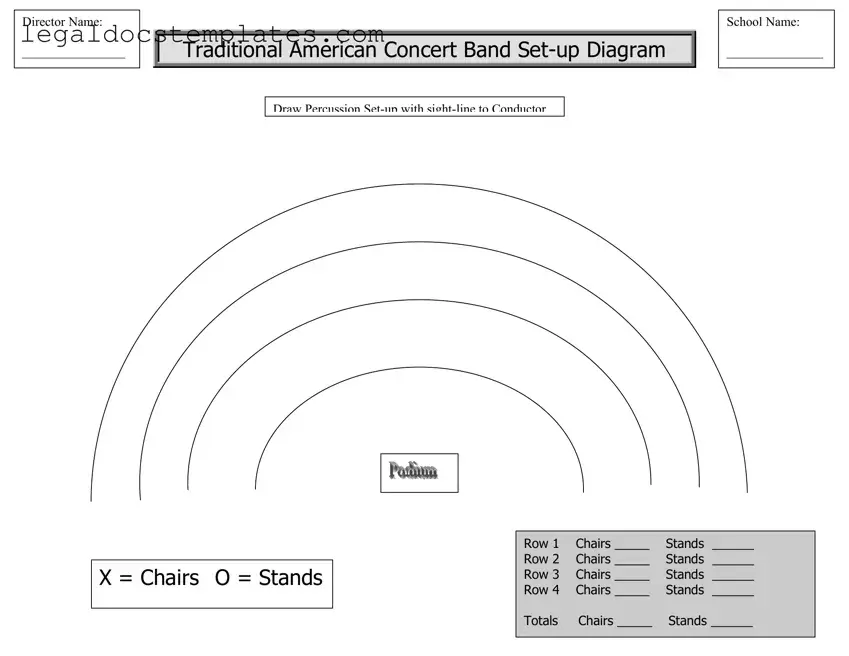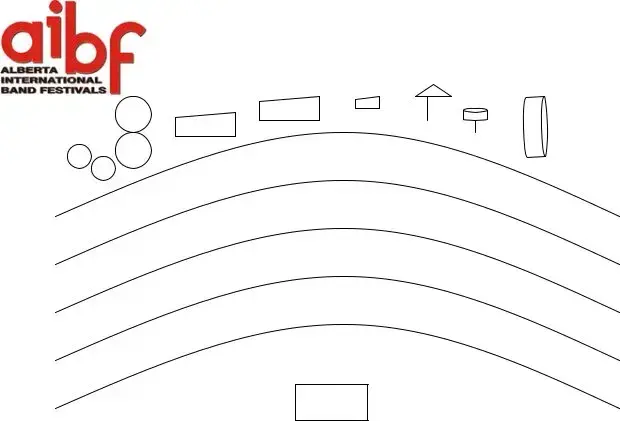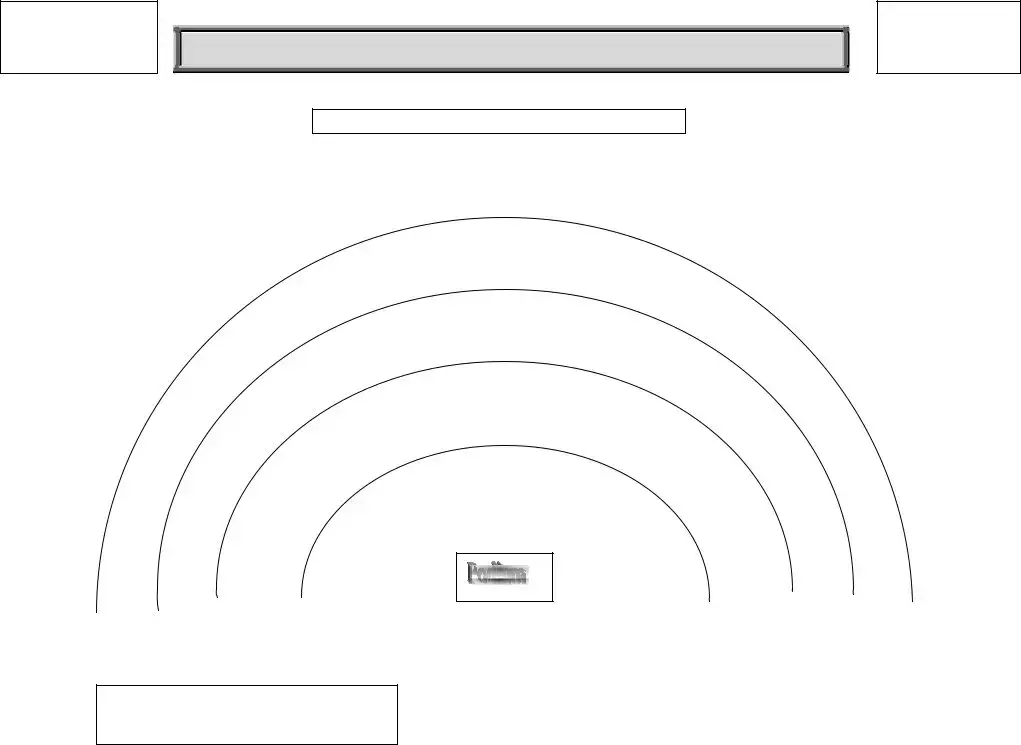When filling out the Band Seating Chart form, a common mistake is not double-checking the director's and school's name for accuracy. This information is crucial for organizing and identifying each band's specific needs and setup. An incorrect or misspelled name can lead to confusion and miscommunication with the event organizers.
Another frequent oversight is failing to accurately count the number of chairs and stands needed for each row. This miscalculation can result in either a shortage or surplus of equipment, potentially causing discomfort for the musicians or unnecessary clutter on stage. Ensuring the numbers are correct is vital for a smooth performance setup.
Often, the percussion setup is neglected or incorrectly diagrammed. Given that the percussion section must remain in a basic setup as indicated by the form instructions, adhering to these guidelines ensures clear sightlines to the conductor and optimal acoustic balance. Overlooking this detail can disrupt the overall ensemble performance.
Submitting the form without providing a clear performance date and time is another mistake. This information helps the stage crew plan accordingly and ensures the necessary preparations are made for your band's performance. Absence of this data can complicate scheduling and logistics.
Some directors fail to consider the sightline from the percussion section to the conductor. This oversight can have a significant impact on timing and cohesion during a performance. Ensuring that all members, especially those in the back rows, can see the conductor is essential for a unified performance.
A common error is not specifying the number of stands for the percussion section. Percussionists require stands for various instruments, and not detailing these needs can lead to a lack of necessary equipment, thereby affecting the performance's quality.
Another mistake is sending the form after the deadline. The cut-off date is there to give the stage crew ample time to prepare. Late submissions can lead to problems in meeting the specific needs of your band setup, potentially affecting the performance's success.
There's also the issue of neglecting to check the fax number for accuracy before sending the form. An incorrect fax number means your form may not reach the intended recipient, resulting in your setup requirements not being communicated to the stage crew.
Lastly, some directors omit providing contact information for follow-up. Should the stage crew have questions or require clarification, the absence of this information can hinder effective communication, risking misunderstandings or mistakes in the setup. Including a reliable way to be contacted is crucial for smoothing out any potential issues before the performance date.



